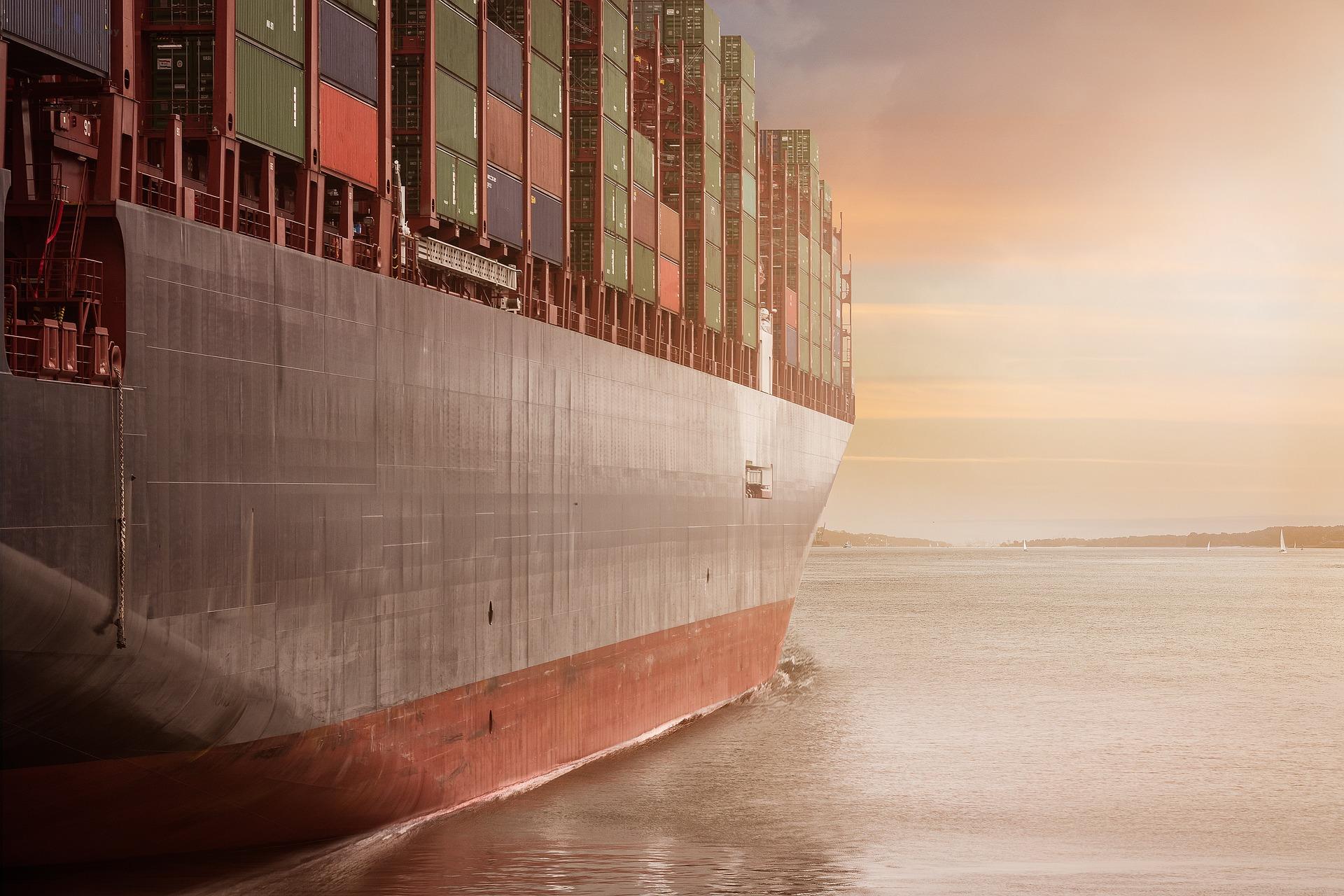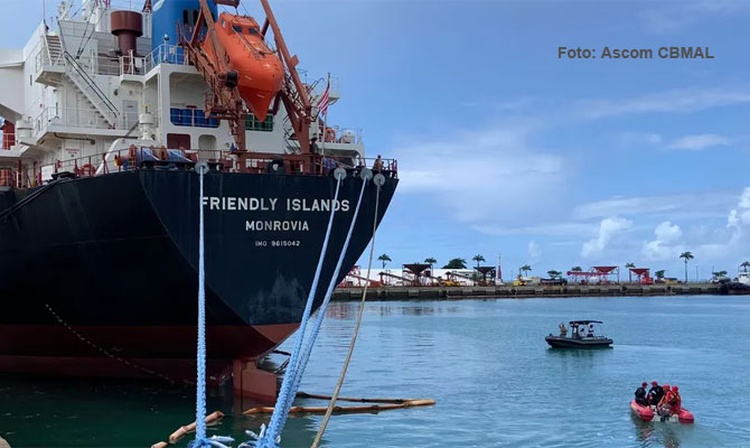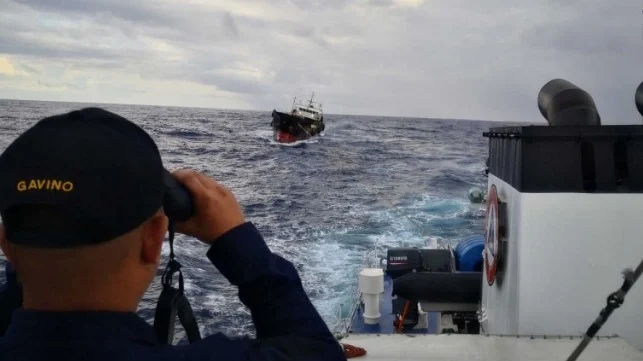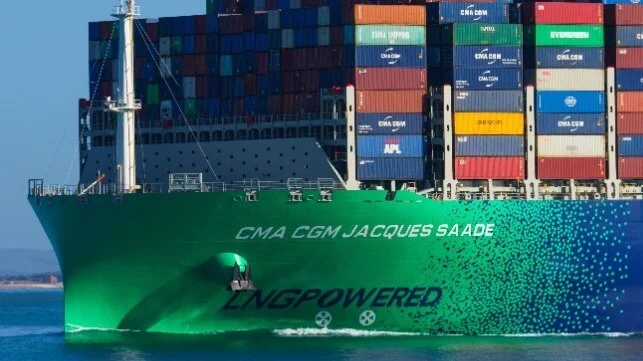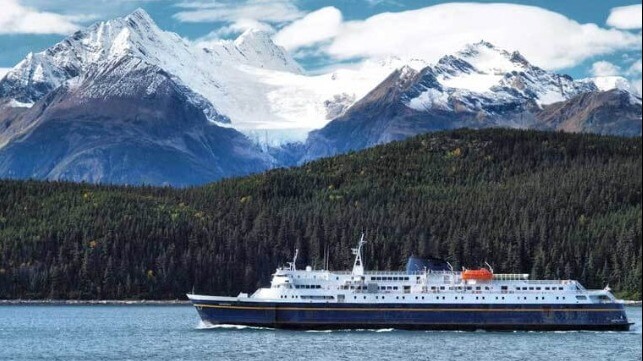SOFC technology has negligible methane slippage and can eliminate harmful air pollutants.
US-based green energy company Bloom Energy, in partnership with Samsung Heavy Industries (SHI), has obtained approval in principle (AiP) from DNV for the initial design of an engineless, fuel cell-powered liquefied natural gas (LNG) carrier.
SHI partnered with Bloom Energy in 2019 to design and develop vessels powered by solid oxide fuel cell (SOFC) technology.
Earlier this month, the firms received AiP from DNV for an LNG carrier that operates solely using SOFC technology.
The fuel cell-propelled LNG carrier does not require internal combustion engines. It replaces the propulsion and auxiliary engines with fuel cells operating on non-combusted natural gas.



